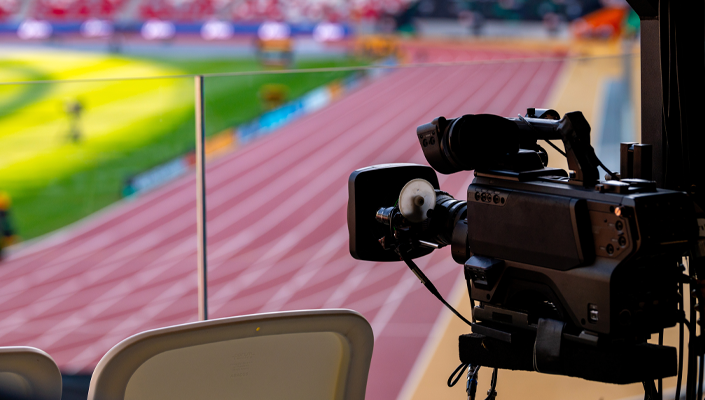The Evolution of Sports Broadcasting – A Historical Perspective
The evolution of sports broadcasting spans over a century, marking a transformative journey from rudimentary radio transmissions to high-definition streaming services. In the early 20th century, radio emerged as the primary medium for live sports coverage. Pioneering broadcasters like Graham McNamee and Foster Hewitt captivated audiences with their vivid descriptions of sporting events, effectively bringing the excitement of the game into living rooms across the nation. However, it was not until the 1950s that television revolutionized the way people experienced sports. The iconic voice of Howard Cosell became synonymous with televised sports commentary, as networks like ABC, CBS, and NBC competed for broadcasting rights. The 1960s and 1970s witnessed significant advancements in sports broadcasting technology. The introduction of color television enhanced the viewing experience, while innovations like instant replay provided viewers with a newfound level of insight and analysis. Meanwhile, the rise of satellite technology enabled broadcasters to deliver live coverage of sporting events from around the globe, further expanding the reach of sports programming.

The 1980s heralded the era of cable television, with channels like ESPN emerging as dedicated hubs for sports enthusiasts. ESPN’s flagship program, Sports Center, revolutionized sports journalism with its round-the-clock coverage, highlights, and analysis. This decade also saw the birth of pay-per-view and premium sports channels, granting fans unprecedented access to exclusive content and live events. The 1990s marked a period of digital transformation in 해외스포츠중계사이트. The advent of the internet paved the way for online streaming, allowing fans to watch games on their computers and mobile devices. Additionally, advancements in camera technology, such as the introduction of the Skycam, provided viewers with dynamic angles and immersive perspectives, enhancing the viewing experience. The 21st century has seen an explosion of innovation in sports broadcasting. High-definition television has become the standard, offering crystal-clear picture quality and immersive surround sound.
Meanwhile, social media platforms like Twitter and Facebook have become integral to sports coverage, enabling fans to engage with teams, players, and fellow enthusiasts in real-time. Furthermore, the rise of streaming services like Netflix, Amazon Prime Video, and DAZN has disrupted traditional broadcasting models, offering on-demand access to a vast library of sports content. Meanwhile, virtual reality VR technology promises to revolutionize the way fans experience live events, immersing them in the action as if they were sitting courtside or ringside. Looking ahead, the future of sports broadcasting is poised to be defined by further technological innovation. From augmented reality AR overlays to interactive viewing experiences, the possibilities are endless. Yet, amidst all the advancements, one thing remains constant – the timeless thrill of watching athletes push the limits of human performance, brought to life through the artistry of broadcasting.


